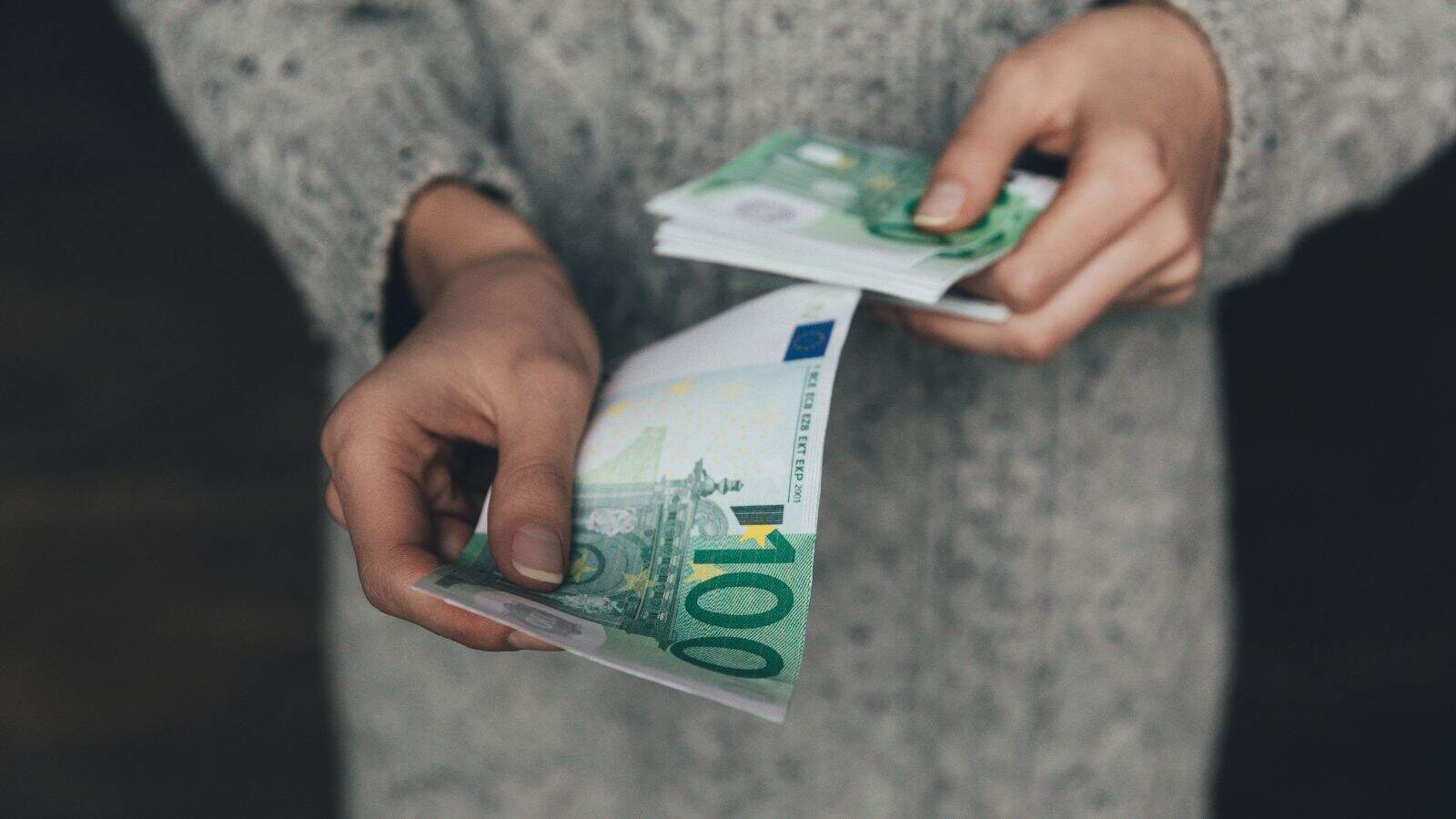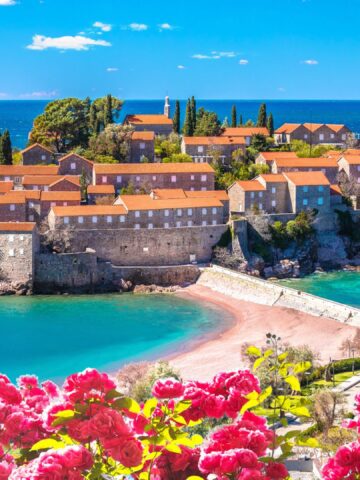In many countries around the world, locals and tourists are often subject to different pricing structures, especially in popular tourist destinations. This price disparity is typically due to the fact that locals are accustomed to certain prices in their everyday lives, while tourists, especially foreigners, are seen as willing to pay higher prices. Whether it’s for food, transportation, or attractions, this phenomenon can sometimes lead to inflated costs for tourists.
Here are 13 countries where locals and tourists often pay completely different prices. These disparities can be found in markets, public transportation, or even in restaurants and hotels. Understanding this practice can help travelers navigate the pricing systems better and avoid feeling overcharged. Knowing when and where to look for local prices, or whether discounts are available for foreigners, can make a significant difference in the overall travel budget.

Thailand

In Thailand, tourists often face higher prices than locals, especially in markets, tuk-tuk rides, and national parks. Locals usually get better deals through spoken language and familiarity with pricing norms, while visitors are quoted higher rates, especially if they’re not fluent in Thai. Street vendors and shopkeepers might not display fixed prices, leaving room for markup. Tourist-heavy areas like Phuket and Bangkok are known for dual pricing, even at temples or cultural events.
Egypt

Egypt has a long-standing practice of dual pricing, particularly at historical sites. Foreigners often pay much higher entrance fees than locals for access to attractions like the Pyramids or the Egyptian Museum. In markets, taxi fares, and even some restaurants, prices are often flexible, and tourists who don’t negotiate end up spending more. Vendors may recognize accents or foreign currencies as signs to adjust their rates. It's common advice to research entrance fees in advance and always ask for a price before accepting services.
India

In India, pricing discrepancies are noticeable in everything from monument fees to rickshaw fares. While locals pay subsidized prices at sites like the Taj Mahal, tourists often pay 10–20 times more. The same happens in transportation and local markets. Without familiarity with the rupee or local negotiation habits, visitors are vulnerable to being overcharged. Dual pricing also extends to train tickets, especially for foreign tourist quotas. While these systems are sometimes official, others rely on judgment calls. Learning basic Hindi, using prepaid taxis, or booking through official tourism offices can help travelers get fairer deals.
Morocco

In Morocco, dual pricing is commonplace in souks, taxis, and attractions. Locals are accustomed to fixed or negotiated prices, while tourists are seen as a chance to increase profits. Vendors may double or triple the cost of rugs, spices, or handicrafts if they suspect unfamiliarity. Attractions like the Majorelle Garden charge higher entrance fees for non-residents. Taxis may avoid using meters or take longer routes. Even cafes near popular landmarks inflate menu prices for tourists. Travelers can level the playing field by watching locals, sticking to places with posted prices, and confirming fares before getting into a taxi.
Indonesia

In Indonesia, especially Bali, two-tier pricing is a common practice. Locals pay reduced prices for entry into temples, parks, and attractions, while foreigners are charged significantly more. Street markets also adjust prices based on perceived familiarity with local customs. Tourists who don’t speak Bahasa Indonesia or ask about prices in English are more likely to get quoted higher rates. Motorbike rentals, beach loungers, and even food at local stalls may follow this pattern. Bargaining is expected, and it’s advisable to check online for standard prices beforehand. Asking locals for pricing norms also helps prevent overpayment.
Kenya

In Kenya, visitors often face marked-up prices, especially in the tourism industry. National parks like the Masai Mara have published dual pricing: one for residents, another for international guests. Local vendors, artisans, and even transportation services follow a similar pattern. Tour guides often quote package prices that assume less familiarity with negotiation tactics. In markets, haggling is not only expected but necessary to avoid paying far more than locals. Speaking Swahili or arriving with a local can significantly impact pricing.
China

While China has standardized pricing for most retail goods, services and experiences—especially near tourist landmarks—often fluctuate depending on who’s buying. Ticketed sites like the Great Wall may display different rates for domestic vs. foreign tourists. In markets and taxis, locals often pay significantly less. Language barriers and unfamiliarity with local norms make foreigners more vulnerable to inflated quotes. Dual pricing isn’t always official but happens often enough to catch travelers off guard. To avoid being overcharged, visitors should use Mandarin translation apps, pay attention to printed menus or signs, and ask hotel staff about reasonable pricing ranges.
Want to save this?
Turkey

In Turkey, dual pricing is unofficial but frequently practiced in bazaars, taxis, and historical attractions. Locals often pay in Turkish lira at set rates, while tourists are quoted higher prices or asked to pay in euros or dollars. This occurs especially in Istanbul’s Grand Bazaar, Cappadocia’s tour shops, and seaside resorts. Tourists unfamiliar with Turkish customs may not realize they’re being overcharged. Restaurants near tourist zones sometimes have inflated menus. Using Turkish phrases, watching how much locals pay, and visiting places off the beaten path are effective ways to reduce inflated charges and experience fairer interactions.
Uzbekistan

In Uzbekistan, the government has made moves to reduce dual pricing at historical sites, but the practice still exists in subtler forms. Locals get discounts at attractions like Registan Square, while tourists face higher listed fees. In markets and taxis, foreigners unfamiliar with the currency or local customs are often quoted inflated prices. Dual pricing is rarely labeled as such—it depends on whether the seller perceives you as a local or a visitor. Using local SIM cards, learning basic Uzbek or Russian, and traveling with a local companion can help avoid pricing discrepancies across services and goods.
Tunisia

In Tunisia, tourists frequently encounter different pricing structures than locals, especially in medinas, taxis, and attractions. Locals often pay fixed or subsidized rates, while visitors may see doubled or even tripled costs unless they negotiate. Taxi drivers might turn off meters and quote inflated fares to foreigners. At historical sites, the listed ticket price is usually higher for international travelers. Street vendors near tourist zones also use visual cues—such as cameras or guidebooks—to decide when to raise prices.
Jordan

Jordan is upfront about having two sets of prices at major attractions. For example, Petra’s entry fee for locals is minimal, while foreigners pay significantly more—around $70 for a one-day pass. This policy extends to other heritage sites and some accommodations. In markets, cab rides, and small businesses, prices can be more negotiable for locals. Visitors unfamiliar with the Jordanian dinar or cultural customs may not spot when they’re overcharged. Learning basic Arabic phrases or using local ride-hailing apps helps close the gap.
Bolivia

In Bolivia, dual pricing isn’t always official, but it’s widespread. Tourists often pay higher rates for transport, entrance fees, and street food. For instance, bus fares between cities might cost locals a set amount, while travelers are quoted higher prices in English. At attractions like Salar de Uyuni, tour companies often categorize pricing by nationality. Street vendors may raise prices for those who don’t speak Spanish or seem unfamiliar with local norms. Some museums post two-tier pricing openly, while others adjust based on who’s asking.
Vietnam

Vietnam often operates with an unspoken dual pricing system, especially in popular areas like Hanoi, Hoi An, and Ho Chi Minh City. Locals typically know the real prices for goods, services, and food, while tourists may be quoted inflated amounts. Motorbike rentals, street food, and even bottled water might come with markups for travelers unfamiliar with local pricing. While many prices are negotiable, the lack of clear signage or menus can make things tricky. Visiting with a local, asking for menus with prices, or using apps with fixed-rate options can help reduce the discrepancy and offer a more transparent experience.
14 Tourist Destinations That'll Drain Your Vacation Budget Instantly

You might have to think twice before visiting these places. Not all dream vacations are easy on the wallet. Some places may look incredible on social media, but these 14 tourist destinations that’ll drain your vacation budget instantly can turn a trip into a financial headache fast. Between overpriced meals, inflated hotel rates, and hidden fees, these spots are known for burning through travel funds quicker than expected.
Read More Here: 14 Tourist Destinations That'll Drain Your Vacation Budget Instantly
13 American Gems Seniors Regret Discovering Too Late

Here are actual American gems you should check out. Exploring the beauty and diversity of the United States can lead to unforgettable experiences, yet there are 13 American gems seniors regret discovering too late. These hidden treasures, ranging from breathtaking natural wonders to charming towns, often go unnoticed until later in life. Many people wish they had visited these remarkable destinations sooner, as they offer unique opportunities for adventure and connection.
Read More Here: 13 American Gems Seniors Regret Discovering Too Late




